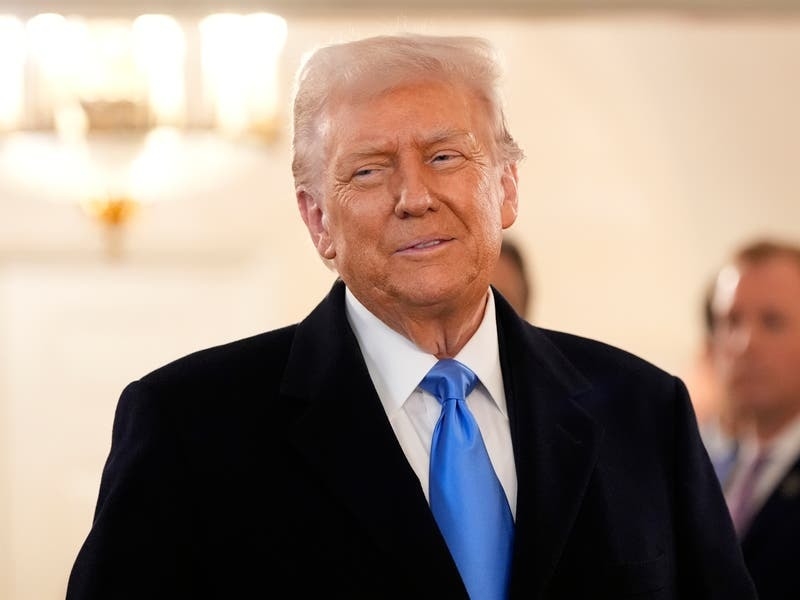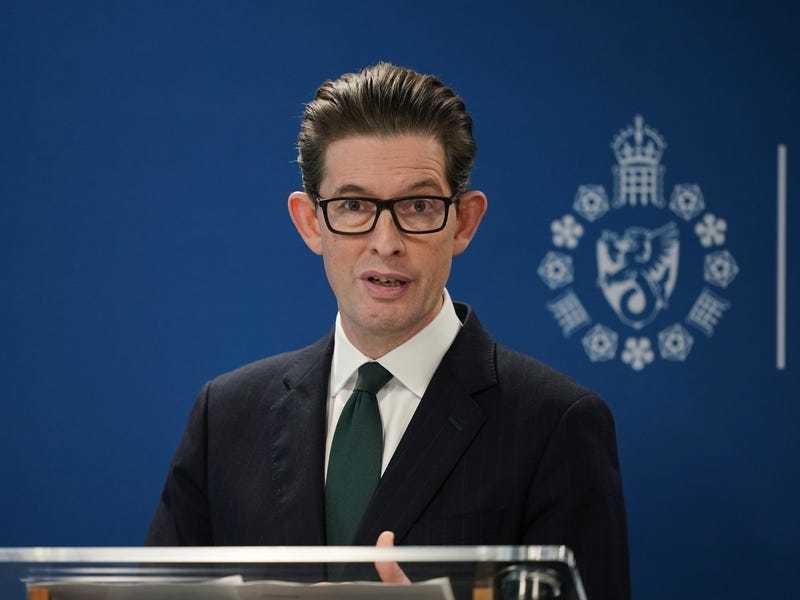US President Donald Trump is taking additional action to upset the world trade system, with plans to sign an order that would require US tariffs on imports to match the tax rates charged by other countries.
“It’s time to be reciprocal,” Mr Trump told reporters in Washington earlier this week. “You’ll be hearing that word a lot. Reciprocal. If they charge us, we charge them.”
The US President had suggested that the order would come on Tuesday or Wednesday.

As Mr Trump has unleashed a series of tariffs after being back in power for less than a month, he has fully taken ownership of the path of the US economy.
It is a bet that his economic ideas can eventually deliver meaningful results for voters, even if by Mr Trump’s own admission the import taxes could involve some financial pain in the form of inflation and economic disruptions.
For all of Mr Trump’s talk, the impact will likely depend on the details of the tariffs and how other nations respond.
A reciprocal tariffs order could amount to a substantial tax hike to be shouldered largely by American consumers and businesses as the Census Bureau reported that the country had total imports of 4.1 trillion dollars (£3.3 trillion) last year.

By signing the order, Mr Trump would fulfil his long-standing pledge to raise taxes on most imported goods, a clear break with his recent White House predecessors who saw tariffs as either targeted tools to use strategically or barriers worth lowering.
Mr Trump has broken with that precedent by saying he wants to return the United States to the 1890s when taxes on imports were the American government’s dominant source of revenues.
But should job gains never materialise and should inflation stay high, it is an easy line of attack for Democratic legislators and candidates to say that Mr Trump helped the ultra-wealthy at the expense of the middle class.

“I will work with my colleagues to undo this mess, get costs down and get these billionaires out of the way.”
Mr Trump put 10% tariffs on China over its contributions to the production of the illicit drug fentanyl, and China has taken retaliatory measures.
The US leader said he is ready if necessary on March 1 – after a 30-day suspension – to put tariffs on Mexico and Canada over his belief they should do more to fight illegal immigration and drug smuggling.
On Monday, he closed the exemptions to his 2018 tariffs on steel and aluminium, in addition to raising the tariff rates on aluminium. He has also talked about additional taxes on imported cars, computer chips and pharmaceutical drugs.

In response to the steel and aluminium tariffs, European Union chief Ursula von der Leyen said: “Unjustified tariffs on the EU will not go unanswered – they will trigger firm and proportionate counter-measures.”
That means motorcycles, jeans, bourbon and peanut butter from the United States could face new taxes abroad.
Mexico and Canada – America’s two largest trading partners – have also prepared counter-measures.
Multiple Trump aides have privately said that his long-standing goal with tariffs has been reciprocity. But Mr Trump has also portrayed tariffs as a diplomatic tool to try to force Canada and Mexico to spend more resources on stopping illegal immigration and drug trafficking into the United States.
I deeply regret the U.S. decision to impose tariffs on European steel and aluminum exports.
The EU will act to safeguard its economic interests.
We will protect our workers, businesses and consumers ↓
— Ursula von der Leyen (@vonderleyen) February 11, 2025
He also suggested repeatedly that tariffs would be a source of revenues that could offset his planned income tax cuts.
But even before Mr Trump formally signed the order, analysts at Goldman Sachs concluded it was unlikely to be the final word on tariffs.
“Of course, even if President Trump views reciprocal tariffs as an alternative to more sweeping measures at the moment, we are entering only the fourth week of a four-year presidential term and it seems likely there will be many further tariff announcements,” the investment bank’s analysts wrote.






